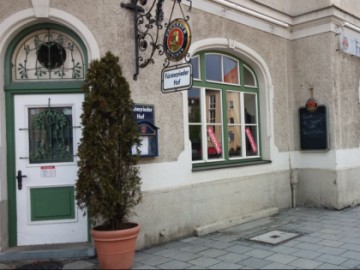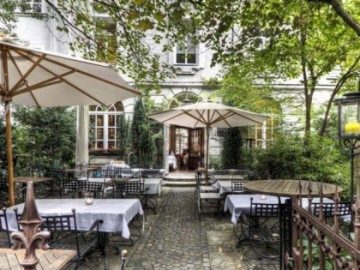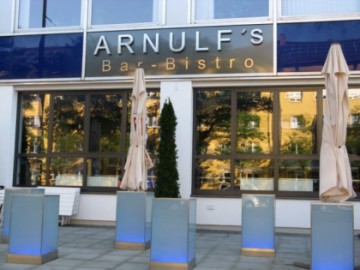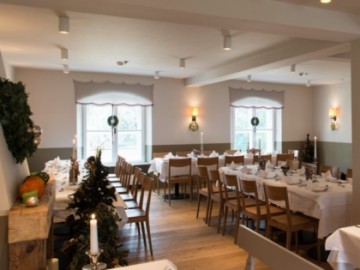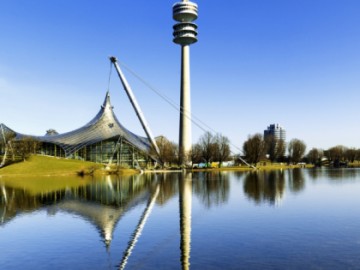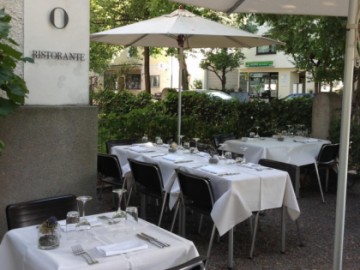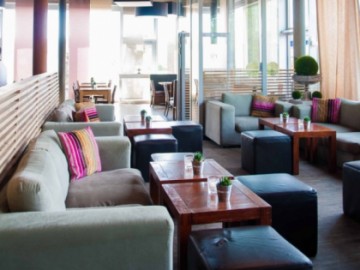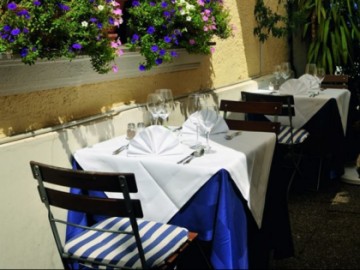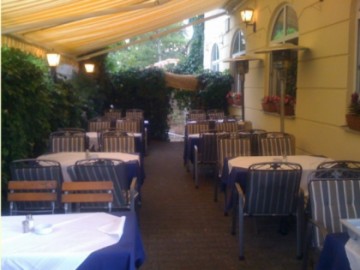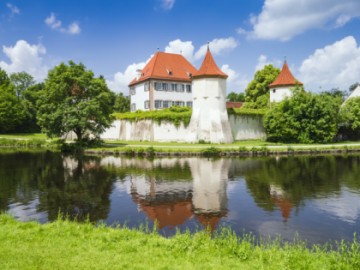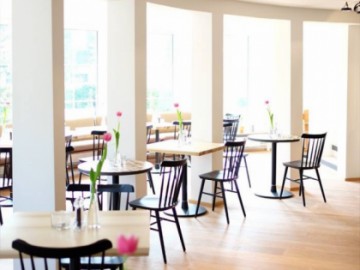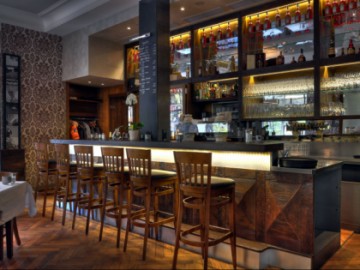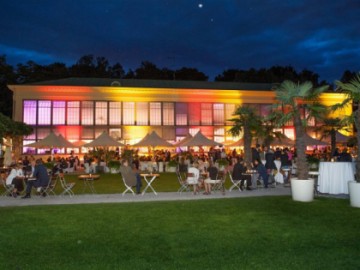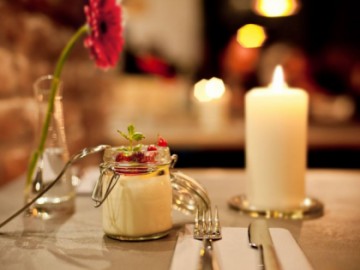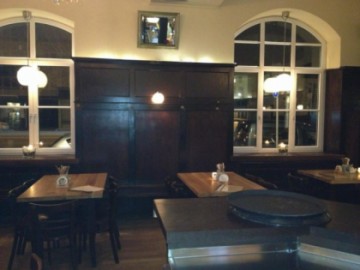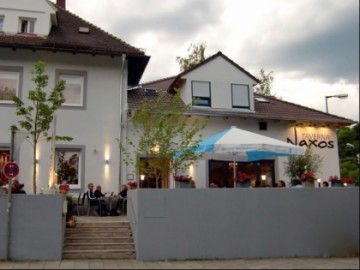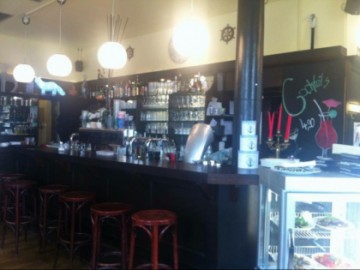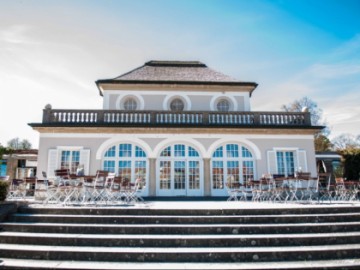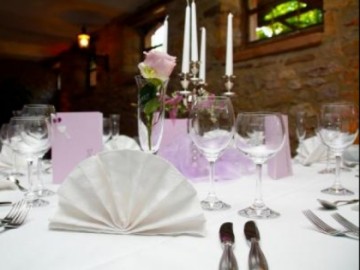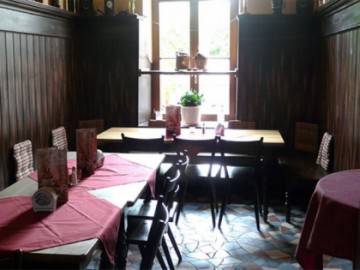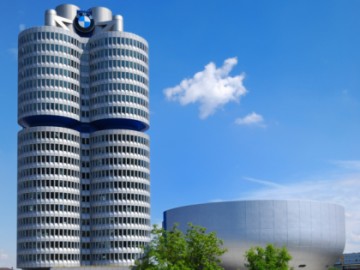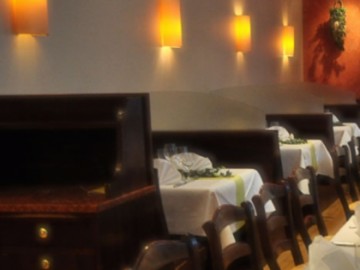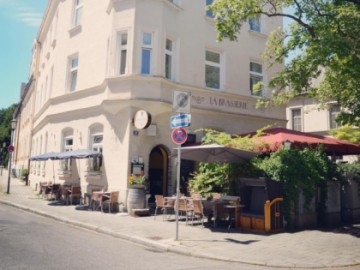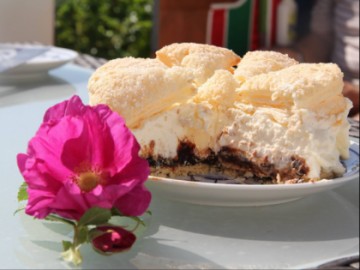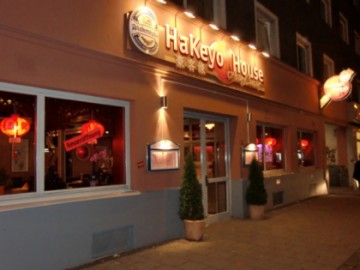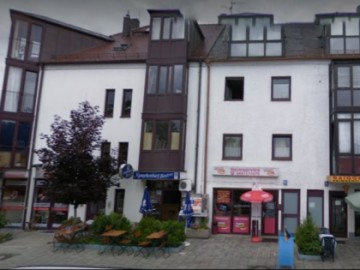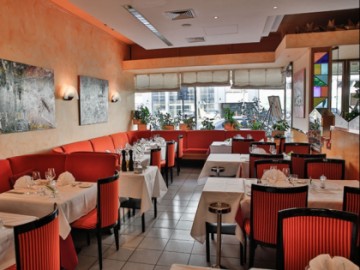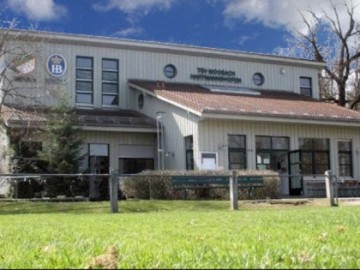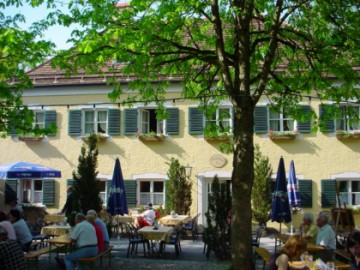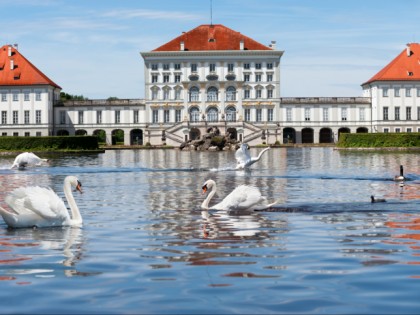Nymphenburg Palace: "Green Lungs" of Munich
Nymphenburg Palace and Park is located in the west of Munich. The townspeople called this place of rest "green lungs". The oasis of peace and tranquility is famous for flowers, tame swans and squirrels which can be fed, as well as for a luxurious palace interior and, in particular, the Great Hall, the Gallery of Beauties, varnishes gallery. The park has old fountain pumping stations that have been in continuous operation for 200 years. There are also four museums and a greenhouse here.
Nymphenburg summer residence was a gift of Elector Ferdinand Maria to his wife Henriette Adelaide of Savoy, who gave birth to the long-awaited heir Max Emanuel (1662-1726) after ten years of marriage. The construction of rest are of the Bavarian royal family started in 1664 as per the design of the Italian architect Agostino Barelli and is in Baroque style.
The Gallery of Beauties is in the south wing of the palace. Ludwig I (1786-1868) himself did the casting. Thus, focusing on the taste of their king, the court painter Joseph Karl Shtiler portrayed the 36 most beautiful women in Europe from all walks of life - from commoners to princesses. The most famous portraits are of the daughter of a shoemaker, Helena Sedlmayr and of Lola Montez-King Ludwig I's favorite dancer.
The large fountain in the park is an important milestone in the development of the Bavarian technology. The cast iron pumps, they were equipped with more than 200 years, seemed masterpieces for the time. These mechanisms are still working.
The park has excellent conditions for the animals. Deer, rabbits, martens, foxes feel at home here, not to mention the frogs, butterflies and grasshoppers. It is also home to many birds. Tame swans especially attract visitors. Squirrels also are jumping up and down the trees and approaching people do not disturb them. There are several pairs of mergansers - one of the endangered species of ducks.
The museum of carriages and sleighs (Marstallmuseum), Porcelain Museum (Porzellanmuseum München), Museum of Nature and Man (Museum Mensch und Natur) and the museum of the German painter Erwin von Kreibig (Erwin von Kreibig-Museum) are also on that territory. An exhibition of ornamental plants is open in the greenhouse from 9 am to 6 pm from early April to mid-October.
